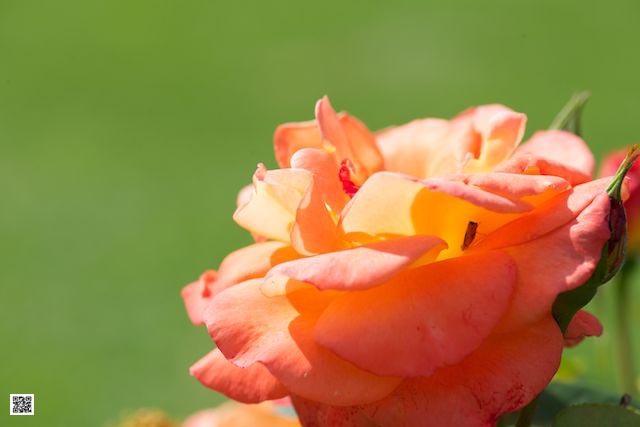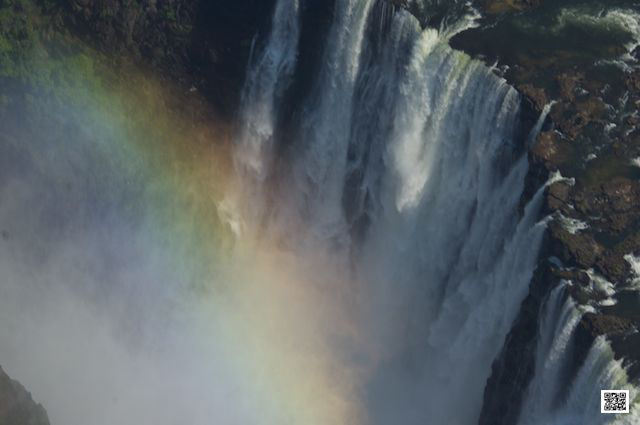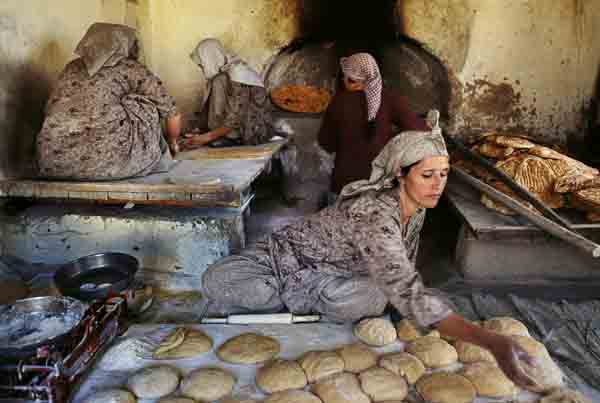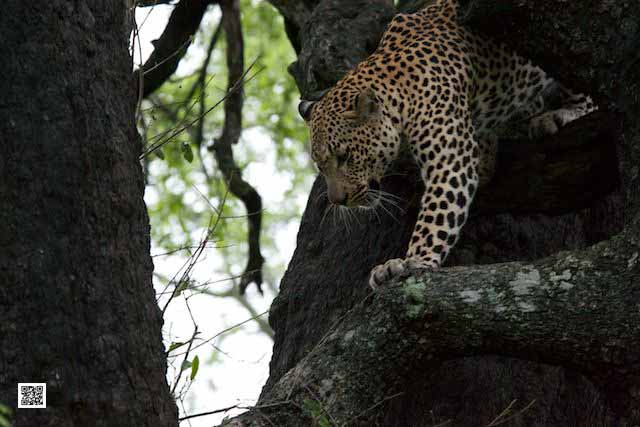philosophy
Send Yourself a Photo to the Future
12/10/12 11:30 Filed in: Photography & Art | Intuition

There is the iPhone photo app One Momento, an art project that allows you to take only one picture. This picture is uploaded to a gallery with all one-image-photo-app-images, aiming on 250,000 images, in a way a collage of images from 250,000 photographers.
That one image idea is quite interesting and can inspire more art applications. How about taking one image today, saving it in a separate folder on your computer or cloud and making a note in your calendar to open this image on a certain day in the future? What will the image tell you? It is like writing a letter to yourself, posting it and receiving the letter on a certain date in the future and it most likely will give you exactly what you need at that very moment, some encouragement, consolation, joy, congratulations or support.
Wanna try? Take a photo or choose one from your image gallery, seal it in a folder on your computer, pick a date in your calendar and make an appointment/note with notification. Then let go and forget about it. It will make itself know when its time to open it again.
Ute Sonnenberg for www.rohoyachui.com
Take a Dose Steve Jobs and You are Ready to Change the World

Yes, he is not with us anymore, at least not in person, but his spirit is here and ready to give us the push we might need to continue with our photographic journey, changing the world or whatever other creative passion is leading us.
Need a dose “Steve Jobs” today? Here some treatment proposals
Quotes:
Have the courage to follow your heart and intuition. They somehow already know what you truly want to become. Everything else is secondary. (Steve Jobs)
Your time is limited, so don’t waste it living someone else’s life. (Steve Jobs)
The only way to do great work is to love what you do. (Steve Jobs)
Videos:
Steve Jobs Stanford Commencement Speech 2005
Steve Jobs and Bill Gates at D5 Conference
Steve Jobs talks about the Crazy Ones- who think different
Better? Enjoy moving forward.
Ute Sonnenberg for www.rohoyachui.com
Steve McCurry: The connected Eye
20/09/12 17:58 Filed in: Photography & Art

When looking at Steve McCurry’s photographs it feels like tapping into the soul of the moment or person he captured, like in the image above from his series “Food for Thought”.
Repeatedly occurring words in his quotes are “soul”, “grounded” and “hope” and yes, they are in every image, almost penetrating the viewer while looking at them.
Obviously Steve McCurry has the deeper connection with his subjects, capturing souls and hopes, yet his solid grounding makes these deep insights possible. Soaring on soul level requires grounding, just as artistic heights in photography require a solid technical grounding.
He got both and well balanced. His photography is food for thoughts.
Tweet.
Ute Sonnenberg for www.rohoyachui.com
Susan Sontag & Goethe: Photography & The Sorcerer's Apprenctice
18/09/12 12:11 Filed in: Photography & Art | Philosophy

“Recently, photography has become almost as widely practiced an amusement as sex and dancing – which means that, like every mass art form, photography is not practiced by most people as an art. It is mainly a social rite, a defense against anxiety, and a tool of power.” (Susan Sontag, On Photography, in 1971)
Photography is part of our daily life. It gives us joy, lets us express our creativity and makes us grow as artists and persons. It captures moments for us and lets us relive them when we would like to experience them again. It captures the love for our families and visualizes our dreams. Photography is magic, accessible to everyone.
Magic needs to be wielded with care and responsibility. Like in Goethe’s “The Sorcerer’s Apprentice” it can go wrong and the magic tool gets out of control. One of the recent examples is the death of the American ambassador in Libya. When his body, most likely already dead, was held up and about to be carried away, bystanders took photographs of him in this vulnerable moment and the New York Times seemed only be too happy to publish them.
In the Netherlands paramedics have problems doing their work, because bystanders interfere with them in order to take pictures with their cell phones from, for example car accident victims. And they even get violent when police or paramedics try to keep them away.
On the other side of the scale the topless photos of the Duchess of Cambridge are silly (who hasn’t seen a pretty young woman topless on a beach) and intrusive to the private life of a person.
And now with all these “sorcerer’s apprentices” around how do we stop this?
Most likely there will be no easy way to stop this. It will take time to create a general consciousness of respect and dignity, a consciousness that something powerful as photography needs the “master” and not the “apprentice” to unfold its entire beauty and strength to serve mankind as a tool of growth. And yet, photography itself is the tool to enable people to develop exactly this consciousness. One got to drive a car in order to learn driving and one got to practice photography in order to become a “master”.
Happy growing.
Tweet.
Ute Sonnenberg for www.rohoyachui.com
Photography Genre Philosophy
13/09/12 15:15 Filed in: Photography & Art

We know several genres of photography like editorial, nature, landscape, wildlife, fashion, interior, photo journalism and more, yet there is one that comes back in all of them and is one of its own, the photography genre philosophy.
The photography genre philosophy is determent by the depth of thought, the depth of consciousness and the depth of connection. It includes also images that might under different criteria be considered as not perfect, yet one gets drawn into them. There is no wrong or right, all is relative, all authentic. The images visualize the underlying dimensions of the moment, allowing viewers to tap into non-physical levels as thoughts and emotions.
Reading images that way makes them a powerful tool for all kinds of purposes and the photography genre philosophy “The Glass Bead Game” (Herman Hesse) of photography.
Ute Sonnenberg for www.rohoyachui.com